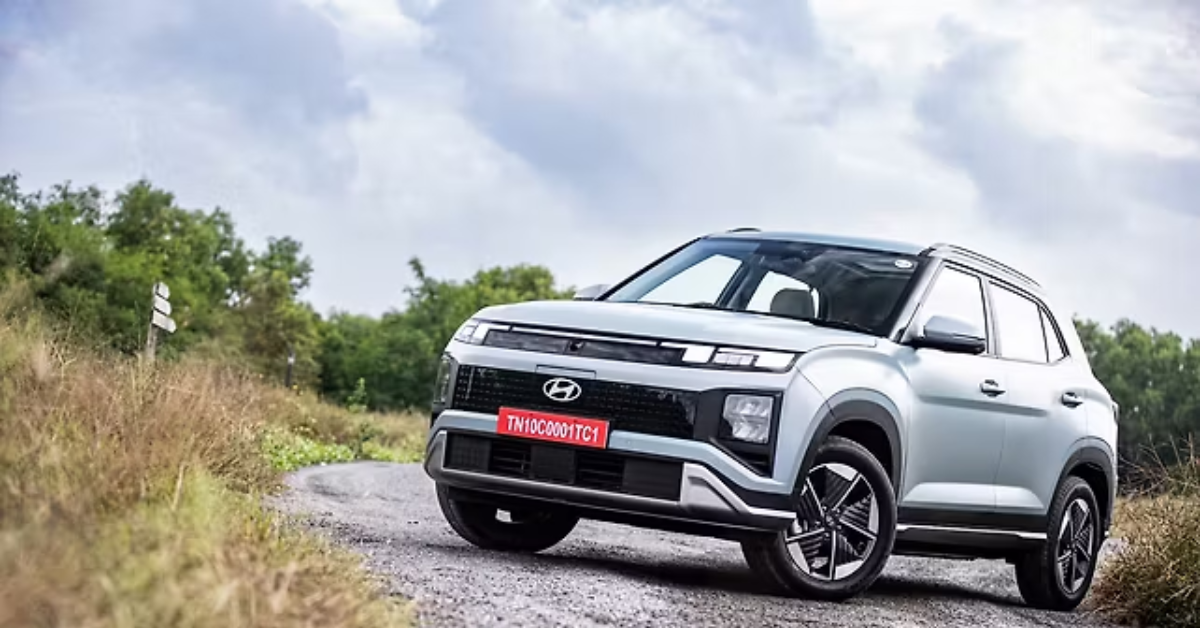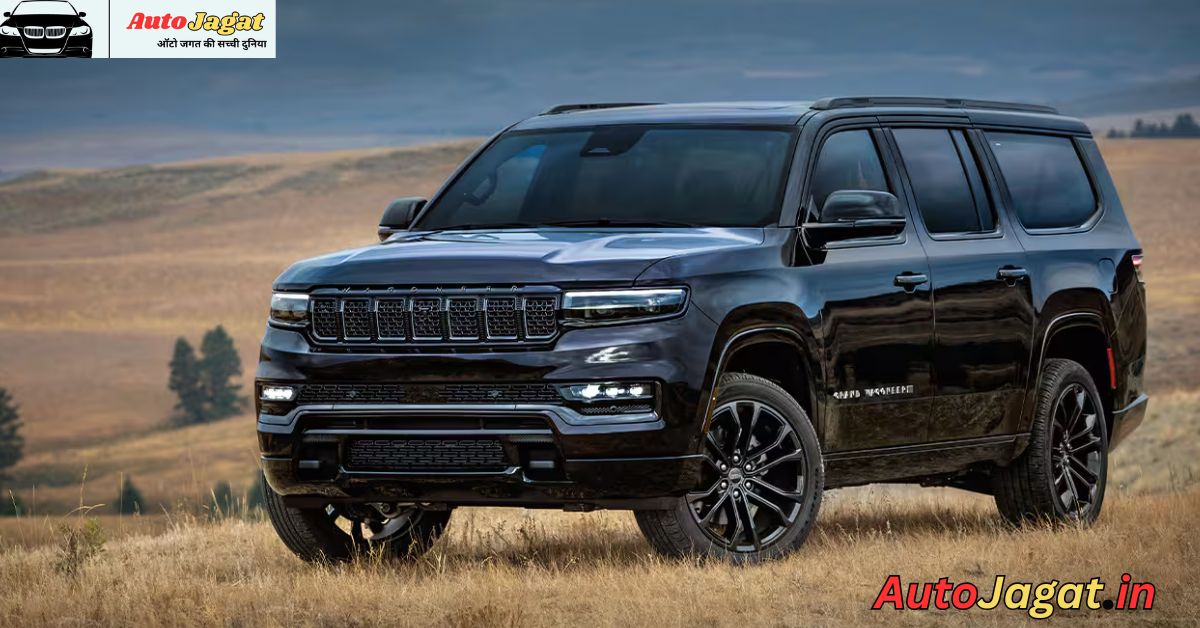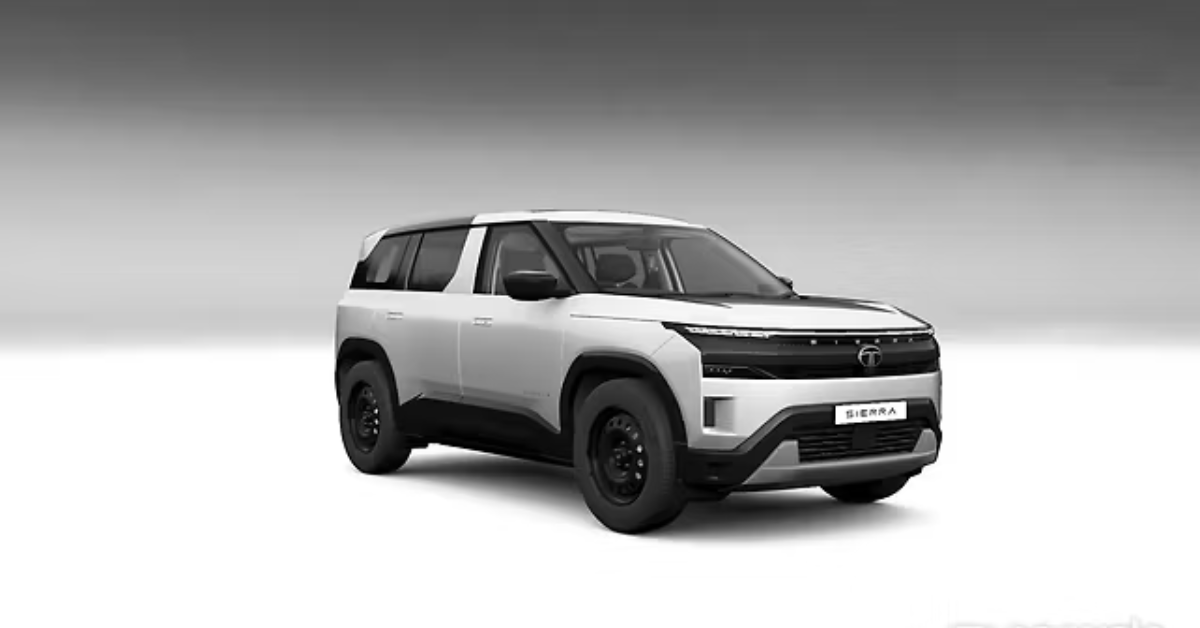Electric vehicles (EVs) are no longer a luxury or a futuristic concept — they are now a necessity, especially with the global push toward clean and green mobility. Hyundai, a brand known for innovation and consistency, is gearing up to add another feather to its cap with the launch of the Hyundai Creta Electric in India. The buzz around its real-world range has intrigued potential buyers and EV enthusiasts alike.
We take a deep dive into the Creta EV’s real-world performance, features, battery specs, and range to determine if it lives up to its hype.
First Look: The Electric Identity of Creta
At first glance, the Hyundai Creta Electric retains much of the muscular and familiar design of the ICE (internal combustion engine) Creta but with subtle EV-centric upgrades. Expect:
- A closed-off front grille
- Aero-optimized alloy wheels
- Blue EV accents
- A redesigned bumper for better air flow
- Sleek LED DRLs and tail lamps
These tweaks not only differentiate it from the petrol/diesel siblings but also improve aerodynamic efficiency, critical for range optimization.
Battery and Powertrain Details
Although Hyundai India has not officially disclosed final specs, test models of the Creta Electric have revealed significant insights:
- Battery Pack: 45 kWh to 50 kWh Lithium-ion (expected)
- Motor Output: Estimated 136 PS with 250 Nm torque
- Drivetrain: Front-wheel drive (FWD)
- Charging Support: Fast charging up to 100 kW DC; 7.2 kW AC onboard charger
These figures are similar to the Kona Electric, suggesting Hyundai may use a similar e-GMP derived platform or an enhanced version of it.
Real-World Range Test: What We Found
While ARAI or official certified range is expected to be around 450-500 km, the real test is how it performs in actual Indian conditions — with stop-and-go traffic, AC usage, and highway runs. Here’s what the test revealed:
City Driving
- Distance Covered: 215 km
- Battery Consumed: 48%
- Average Efficiency: 8.5 km/kWh
- Projected City Range: ~445 km
Highway Driving
- Distance Covered: 180 km
- Battery Consumed: 50%
- Average Efficiency: 7.2 km/kWh
- Projected Highway Range: ~360 km
Mixed Driving (50% city, 50% highway)
- Distance Covered: 200 km
- Battery Consumed: 44%
- Projected Combined Range: ~450 km
Conclusion: In mixed driving conditions, the Creta EV should comfortably deliver 400–450 km per full charge in the real world — which is excellent for a compact SUV.
Charging Time: Fast & Efficient
Hyundai aims to make EV usage hassle-free. Based on early test results:
- 0–80% on DC Fast Charger (100 kW): 45–50 minutes
- 0–100% on 7.2 kW AC charger: Around 6.5 hours
- Home Charging (3.3 kW): 14–16 hours
Hyundai is also planning to expand its charging station partnerships and offer free home charger installation for first-time EV buyers.
Driving Experience: Smooth, Silent, Strong
The Creta Electric offers a refined and silent driving experience. Highlights include:
- Instant torque delivery makes city overtakes effortless.
- Regenerative braking with multiple modes adds driving customization.
- The suspension setup is tuned for Indian roads, offering a smooth glide.
- The steering is light in city conditions and weighs up decently on highways.
Even at high speeds, the car felt planted, with minimal wind or road noise entering the cabin.
Interior: Tech-Loaded and EV-Specific Features
The cabin is expected to mirror the 2024 facelift version of the ICE Creta, but with some EV-specific elements:
- Fully digital instrument cluster with range and energy flow graphics
- 10.25-inch touchscreen with Hyundai Bluelink EV telematics
- Wireless Apple CarPlay/Android Auto
- Premium fabric/leatherette seats
- Panoramic sunroof (expected in top variant)
- Drive modes (Eco, Normal, Sport) and Regen modes
Rear-seat comfort, boot space, and cabin storage remain strong suits of the Creta lineup.
Safety: Hyundai’s Reliable Package
Safety is one area where Hyundai doesn’t cut corners. Creta Electric is likely to include:
- 6 airbags standard
- ABS with EBD
- ESC and Hill-start Assist
- Rear camera with parking sensors
- Possibly Level 1 ADAS (adaptive cruise, lane keep assist) in higher trims
Pricing and Competition
The Hyundai Creta Electric is expected to launch in early 2025. Estimated price range:
- Base Variant: ₹18.5 – ₹19.5 lakh (ex-showroom)
- Top Variant: ₹23 – ₹24 lakh (ex-showroom)
This puts it in direct competition with:
- Tata Nexon EV Long Range
- MG ZS EV
- Mahindra XUV400 Pro
- BYD Atto 3 (base)
What sets Creta EV apart is its strong brand trust, premium build quality, and extensive service network.
Final Verdict: Should You Wait for It?
If you are looking for an electric SUV that:
- Delivers real-world range above 400 km
- Offers fast charging and proven reliability
- Has modern tech and practical comfort
Then the Hyundai Creta Electric could be the perfect choice. It brings together Hyundai’s experience with the Kona Electric and packages it in a more India-centric SUV body at a competitive price.
In Summary:
- ✅ Expected real-world range: 400–450 km
- ✅ Smooth, powerful EV drive
- ✅ Loaded with features and safety
- ✅ Priced aggressively for a premium experience
- ✅ Strong brand after-sales network
Hyundai’s push into the mass-market EV space gets a major boost with the Creta Electric. And for buyers wanting a reliable, feature-rich EV that feels just like a regular SUV — this one might just be worth the wait.





